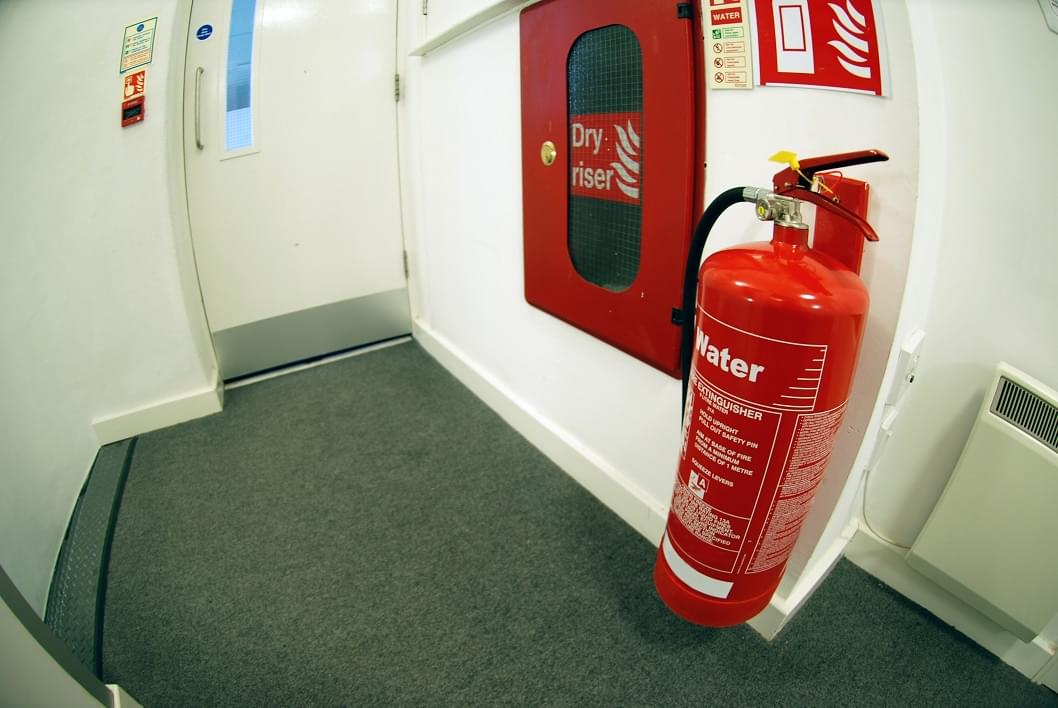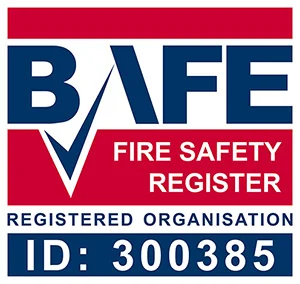How does a dry riser work
The riser is installed in a building and is a network of pipes that can deliver water or foam from a fire appliance at the bottom of the building (The fire riser inlet) to each floor level when required. The pipes are dry (empty) and are only filled with liquid during an annual test or in the case of an emergency by the fire brigade.
Service and Maintenance
The 2015 British Standards BS 9990 requires that dry risers have a full annual pressure test and six monthly visual check.
These checks should be carried out by a competent person and the records stored in a safe place, should they be required by the local authorities.
At least once per year it is a legal requirement that all dry riser Installations undergo a wet test. Only a flow and pressure test can confirm that water will be delivered as expected when the riser is called upon in an emergency.
This annual test includes:
Pressure test – where the dry riser is filled with water at a given pressure for a period of time. During this pressure test all inlets and outlets are checked for leaks.
Flow Test – to ensure that when jets are in operation a suitable running pressure is still available within the system. This ensures that there are no blockages in the system.
Any faulty or damaged parts are replaced and the testing is repeated before issuing the certificate of compliance.
Our credentials
We are registered with local fire brigades, and we can supply a BAFE Certificate of competence in accordance with CFOA Policy.
We provide free quotes and trusted advice. Contact us now on 0845 468 9077 to discuss service and maintenance of your commercial dry riser from Justice Fire and Security.





